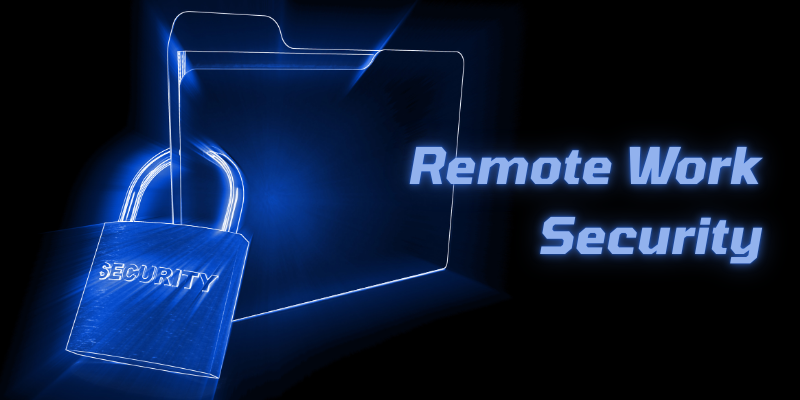- Home
- Blog
- Cloud Services
- Key Security Measures for Enterprise Remote Work Networks
Key Security Measures for Enterprise Remote Work Networks

How can organizations ensure the protection of corporate data and systems when employees are no longer working within the physical office network? Below are the essential security measures businesses must consider to secure remote work environments.
Why Remote Work Increases Cybersecurity Risks

Traditional enterprise network security frameworks assume that users are within a centralized, secure environment—typically behind the corporate firewall. Remote work decentralizes devices and network connections, exposing organizations to the following risks:
- Unsecured Public Wi-Fi: Networks in cafes or co-working spaces are unregulated and easily exploited for traffic interception.
- Inconsistent Device Security: Employees may use personal laptops or mobile devices (BYOD), making it difficult to enforce uniform antivirus software and updates.
- Expanded Access Permissions: To facilitate remote work, some systems are overly accessible, increasing the potential for unauthorized access.
- Unencrypted Network Traffic: Without proper encryption, data transmitted between users and servers may be intercepted, eavesdropped on, or altered.
How to Strengthen Remote Work Network Security
.png)
Here are concrete and actionable cybersecurity practices enterprises can adopt:
1. Enforce Encrypted Connections (VPN)
A Virtual Private Network (VPN) establishes a secure, encrypted tunnel between employees and internal company resources. Businesses should opt for enterprise-grade VPN solutions (not free services) and implement:
- Two-Factor Authentication (2FA)
- IP address and session time restrictions
- Segmented access rights (e.g., different user groups for different departments)
2. Use SD-WAN to Optimize and Secure Remote Connectivity
For companies with multiple branches or global teams, traditional VPNs may become performance bottlenecks. Software-Defined Wide Area Networks (SD-WAN) dynamically allocate bandwidth, optimize application traffic, and include built-in encryption and security policies.
Benefits include:
- Improved remote connection speed and stability
- Flexible security levels and access policies for different applications
- Lower deployment costs and easier scalability
3. Strengthen Endpoint Security
Organizations should implement a clear device usage policy. For example:
- Require antivirus software installation and regular updates on all employee devices
- Allow only registered devices to access company resources
- Enforce regular password changes and enable disk encryption (e.g., BitLocker)
- If possible, integrate EDR (Endpoint Detection and Response) tools for real-time behavior monitoring and threat detection
4. Implement Identity and Access Management (IAM)
Apply the principle of least privilege, ensuring that employees can only access systems and data relevant to their roles. Supporting technologies include:
- Single Sign-On (SSO) for centralized access control
- Regular audits of user accounts and login activities
- Mandatory two-factor authentication for critical systems
5. Provide Ongoing Security Training and Incident Drills
Even the best technology cannot compensate for human error. Conduct regular online security training sessions, focusing on common threats such as:
- Phishing detection skills
- Creating strong, unique passwords
- Preventing social engineering attacks
- Following proper incident reporting protocols
Remote work is no longer a temporary solution; it’s a long-term trend. Without proper cybersecurity measures in place, businesses become easy targets for attackers.
CoreWinner brings extensive experience in secure network architecture and remote work solutions. Whether you're a startup building your first remote team or a growing enterprise expanding across regions, we offer tailored solutions that balance performance and protection.
Article Classification
Recent Articles
- Introduction to AI Chatbots: NLP, Deep Learning, and Application Scenarios
- Security Threats in the Generative AI Era: Prompt Injection, Data Leakage, and Protection Strategies
- The Future of Live Streaming: AI, Real-Time Translation, and Metaverse Concerts
- What is a CDN? Industry Applications and Acceleration Benefits
- 5 Practical AI Tools to Boost Work Efficiency: Essential Digital Assistants for Smarter Work
